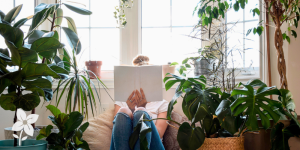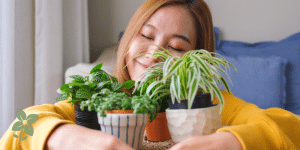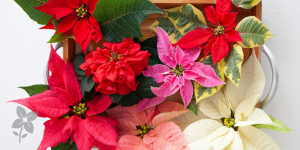
Today, we’re diving into the foundation of any thriving garden: the soil. Just like a sturdy house needs a solid foundation, your plants need the right soil to flourish. Let’s break down the best soil types for different gardening purposes to ensure your plants grow happy and healthy.
Lawns: Sandy Loam for Lush Grass
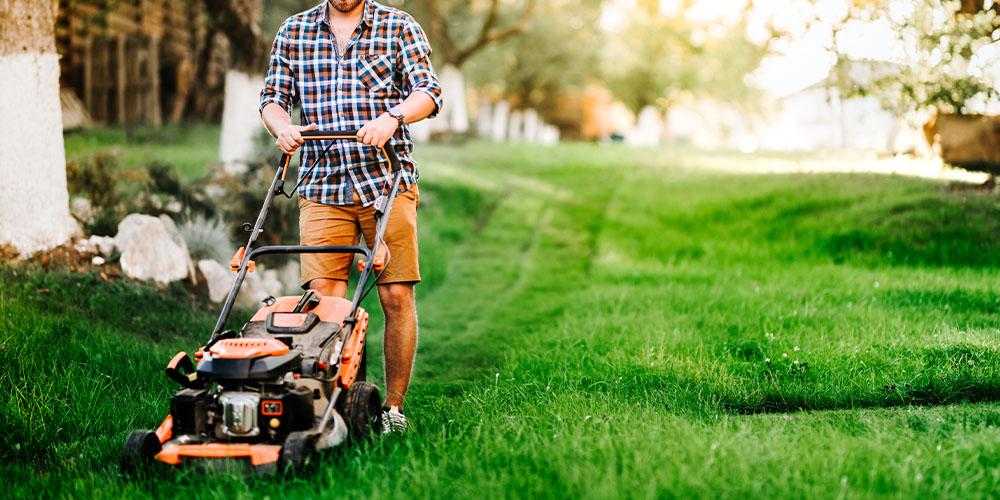
For a lush, green lawn that your neighbours will envy, sandy loam soil is the way to go. This soil type combines sand, silt, and a bit of clay, promoting healthy root growth and providing the right balance of drainage and moisture retention. Your grass will grow strong and vibrant, ready for summer picnics and barefoot frolics.
Garden Beds: The Versatile Loamy Soil
For your vegetable patches, flower beds, and perennial gardens, loamy soil is your best friend. This balanced blend of sand, silt, and clay holds moisture and nutrients just right while allowing excess water to drain away. It’s the Goldilocks of garden soils – not too heavy, not too light, but just right.
Container Gardening: Potting Mix Perfection
When it comes to container gardening, whether it’s for your potted plants, indoor greenery, or patio beauties, a good potting mix is essential. Potting mix is a lightweight, soilless blend of peat moss, vermiculite, and perlite, often with a touch of compost or bark. This ensures excellent drainage and aeration, so your plants’ roots won’t suffocate or rot. Plus, many potting mixes come pre-enriched with fertilizers, giving your plants a head start.
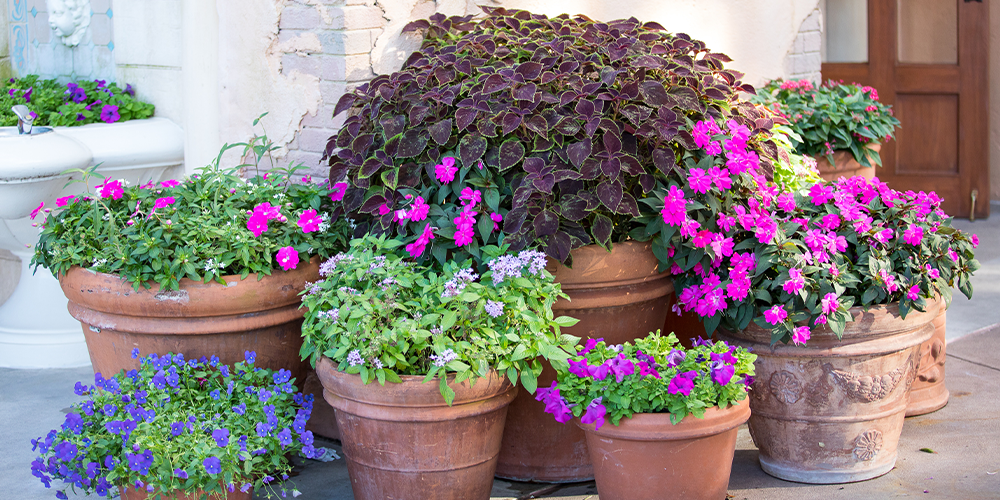
Acid-Loving Plants: Acidic Soil
Got blueberries, azaleas, or rhododendrons? These acid-loving plants need a special touch. Use acidic soil or ericaceous compost, which has a lower pH and is rich in organic matter. This creates the perfect environment for these plants to thrive, producing vibrant flowers and bountiful fruits.
Raised Beds: Raised Bed Soil Mix
Raised beds are fantastic for growing vegetables, herbs, and flowers. They offer better control over soil quality and drainage. Opt for a raised bed soil mix, which combines topsoil, compost, and other organic materials. This mix provides a nutrient-rich environment with excellent drainage – perfect for those deep-rooted veggies and blooming beauties.
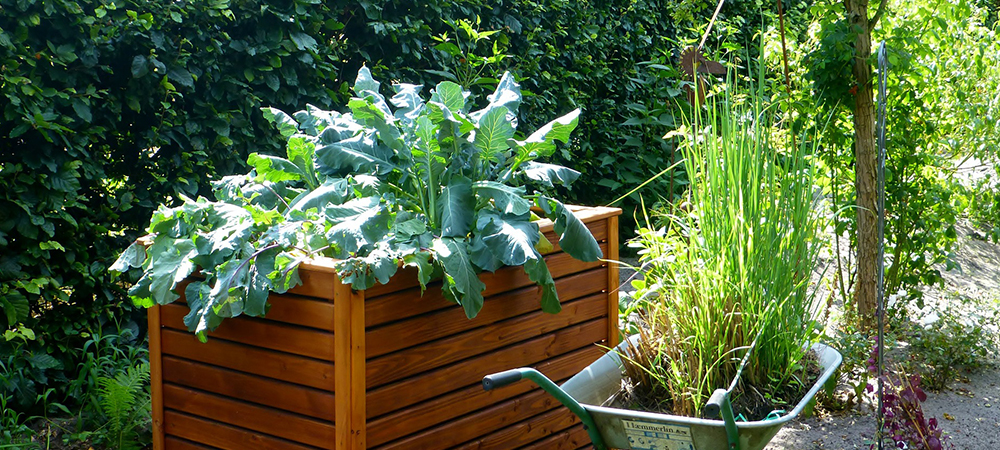
Cacti and Succulents: Cactus Mix
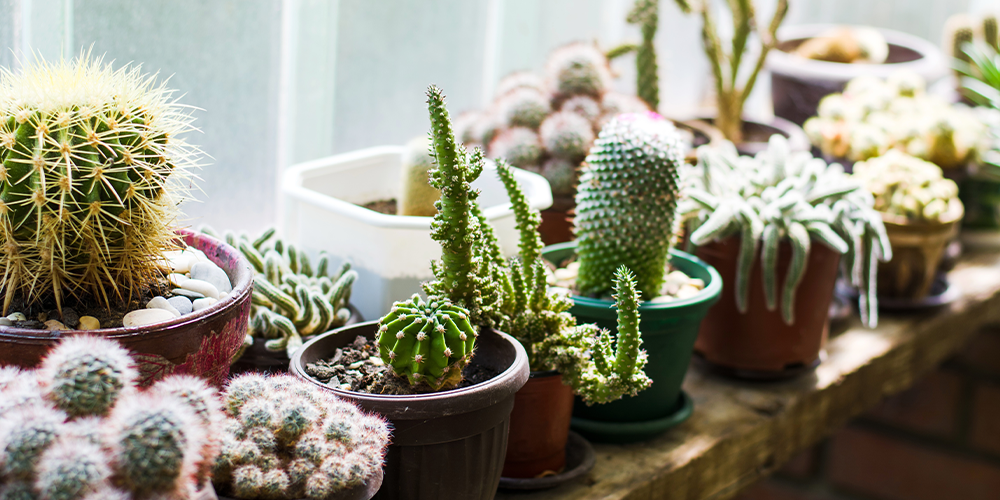
Cacti and succulents are all the rage, and for good reason. These drought-tolerant plants need a well-draining soil mix to prevent root rot. A cactus mix, typically containing sand, perlite, and a bit of organic matter, ensures quick drainage and keeps your plants happy in their dry conditions.
Seed Starting: Seed Starting Mix
Starting plants from seeds is incredibly rewarding. For the best results, use a seed starting mix – a fine, lightweight, sterile blend of peat moss, vermiculite, and sometimes perlite. This mix promotes healthy seedling growth by providing excellent drainage and preventing diseases, giving your little green babies the best start in life.
Trees and Shrubs: Tree and Shrub Soil Mix
When planting trees and shrubs, the right soil can make all the difference. Use a tree and shrub soil mix, which combines native soil, compost, and sometimes sand or perlite. This mix supports deep root growth and provides essential nutrients, helping your trees and shrubs establish strong foundations.
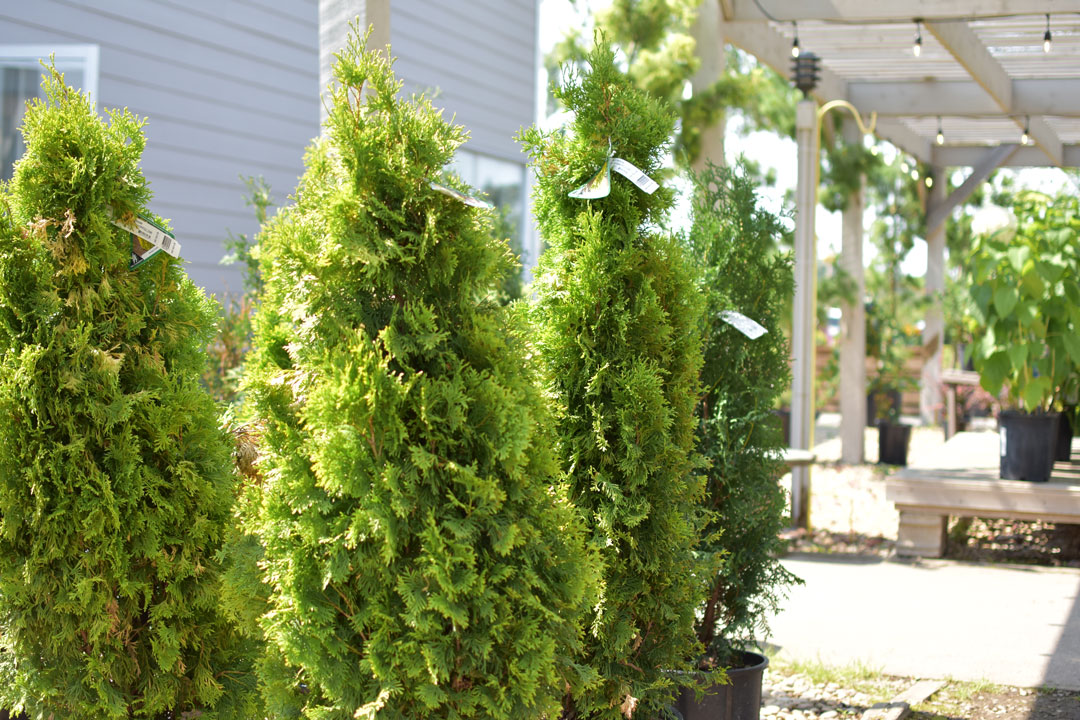
Final Tips for Choosing the Best Soil
Selecting the right soil is crucial, but a few additional tips can help you make the most of your gardening efforts:
Amendments: Even the best soil can benefit from amendments. Adding organic matter like compost or well-rotted manure can significantly improve soil fertility, structure, and moisture retention. This is particularly useful in garden beds and raised beds where nutrients can deplete over time.
pH Testing: Understanding your soil’s pH is essential, as different plants thrive in different pH levels. For instance, blueberries prefer acidic soil, while most vegetables prefer a neutral pH. You can use a simple pH testing kit from your local garden centre to check your soil’s acidity or alkalinity and amend it accordingly with lime (to raise pH) or sulfur (to lower pH).
Local Conditions: Soil conditions can vary greatly depending on your local environment. For example, soil in Sherwood Park might differ from soil in St. Albert. It’s important to consider these local conditions and perhaps even get your soil tested by a local extension service. This can provide insights into what specific amendments or soil types might be necessary for your garden’s success.
By following these tips and choosing the best soil for each purpose, you’ll set your garden up for success. Happy gardening, and may your plants thrive and blossom!

